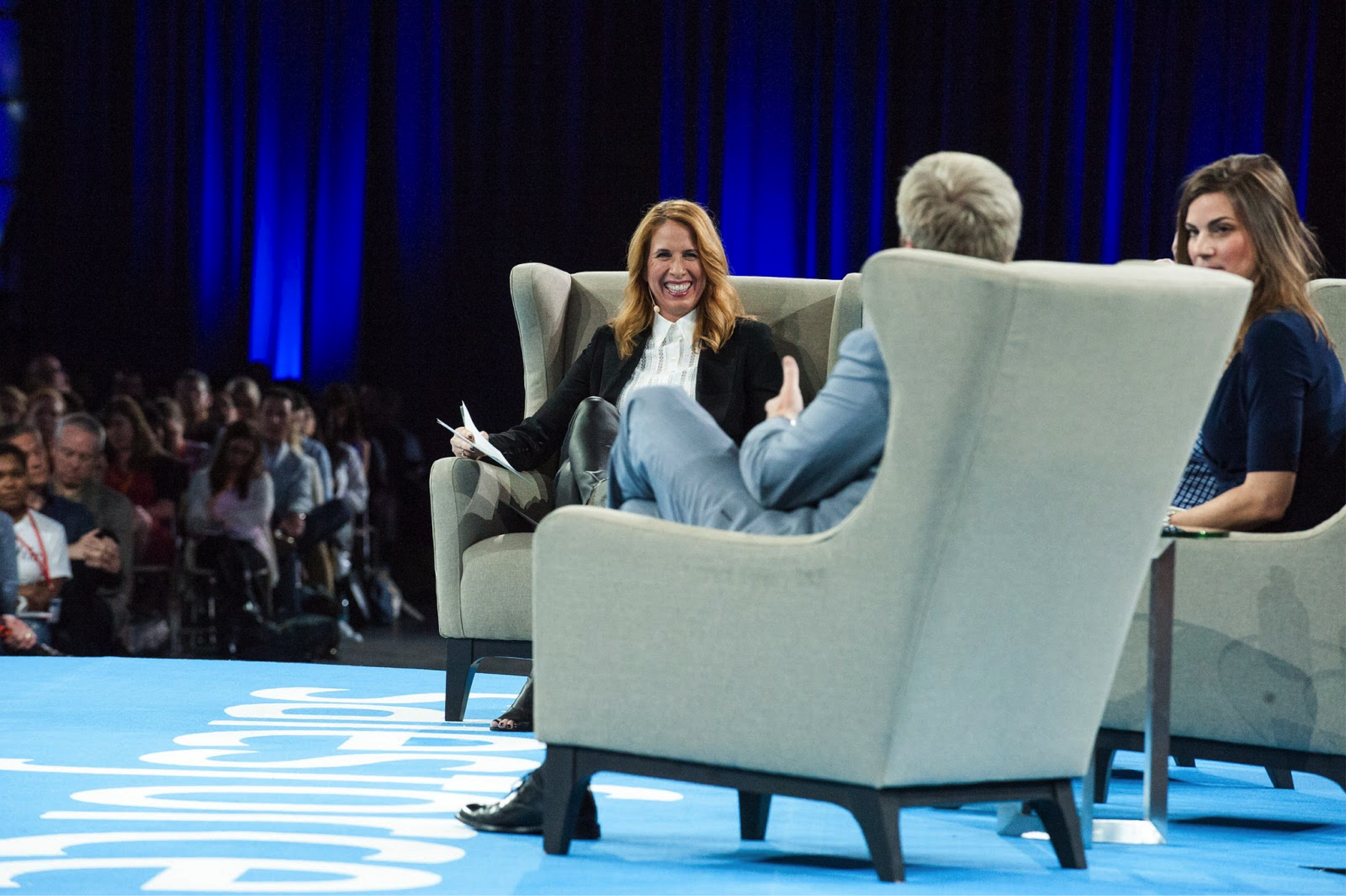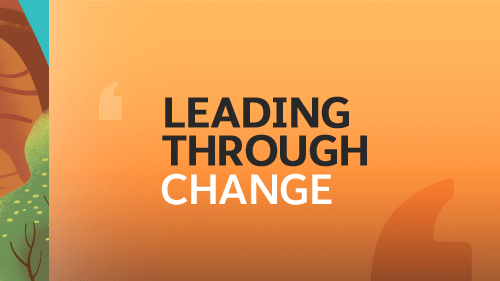Customers must be at the forefront of every marketing initiative, meeting, and to-do list. We’re truly living in the age of the digital marketer, as we now have the data and technology to make every interaction personal — and every journey unique.
At this year’s Salesforce Connections in New York City, I was honored to lead a panel of three brilliant marketing executives: Gary Briggs, CMO for Facebook; Katie Bisbee, CMO for DonorsChoose.org; and John Osborn, President & CEO for BBDO NY.
Each of these leaders spoke candidly about their vision for the future of marketing and how they’re connecting to customers in new, more personalized ways.
Here were a few of my top takeaways from our conversation. You can also check out the full video.
1. Customers crave transparency and choice. When I asked Katie what the customer journey looks like for their donors, she told me that donors look for two things at every stage of their journey: transparency and choice. As DonorsChoose.org seeks to provide the best philanthropic experience available, they let donors select the individual projects that speak to them.
Even for businesses that aren’t nonprofits, I think every customer wants to feel that their choices are honored, and everyone wants transparency into where their dollars are going. It’s about authenticity — and truly coming to understand and know your customers.
2. Personalize in a way that’s welcomed. Personalization is one of today’s most critical marketing tools. Facebook has played a key role in the personalization revolution with its custom audiences and precise ad targeting.
As Facebook’s CMO, Gary explained that Facebook is more focused than ever on delivering relevant ads and experiences to each individual user. Marketers have the data to deliver the right content to the right customers, and customers increasingly expect that level of personalization. The goal now, Gary told me, should be to target “in a way that’s welcomed, and grow that to the benefit of all customers.”
3. The journey is never over. Using data to build experiences is the mandate of every modern marketer. John talked about the head and the heart of marketing: the head being data, and the heart being storytelling. He said, “Now with technology, we can tell stories in vastly different ways: long form, short form, everything in between.”
Thanks to technology, we can reach people when they want to be reached, on channels they prefer. Of course, that means marketers must constantly earn customers’ respect and the right to contact them. Earning and retaining customers is a constant responsibility.
4. Virtual reality is on the horizon. I asked Gary about emerging trends he believes will become more critical to marketing strategy in the coming months and years. He mentioned Facebook’s acquisition of Oculus Rift and predicted that we’ll see broad-scale adoption of virtual reality in the next three to five years.
“It will start with gaming, but move very quickly to merchandising,” Gary said. I loved the example he shared where one retail store created a virtual shopping experience that looks and feels like a real store. I’m looking forward to seeing more innovation from marketers in the virtual reality space. Is virtual reality on your marketing team’s radar?
5. Video: the trend that's only growing. John shared that his top emerging marketing trend continues to be video. Although video isn’t a new channel like virtual reality, the way we’re sharing and telling stories with video definitely is new. I’m thinking of the newfound popularity of Meerkat and Periscope, especially, as examples.
John said the way video integrates into platforms like Facebook is truly instrumental in changing the way BBDO NY tells stories on behalf of its clients. Because videos play automatically in Facebook’s News Feed, but without sound, BBDO’s clients strive to make the first few seconds of a video so engaging that customers can’t help but turn on the sound.
6. Email scales. I asked for Katie’s thoughts on the idea that email is dead, or less significant to customers these days. She explained that email is still the number-one driver of revenue for DonorsChoose.org, accounting for more than 50 percent of donations this year. Social, by comparison, will drive about 10 percent.
Katie said email is still alive and well for her organization because it “allows us to tell a story, which is so critical in our business . . . Email allows us to personalize our asks to individual people.” I agree with her, and I’m seeing marketers use email as a fully scalable channel that can grow in personalization and journey tracks as your marketing strategy grows.
7. Innovate around the customer. At last year’s Connections, I spoke with Beth Comstock of GE, about the importance of innovation. Innovation was a recurring theme in today’s discussion, too, and John stressed how every innovation should be centered on the customer.
Just like marketers shouldn’t aim for creativity for creativity’s sake, innovation for innovation’s sake isn’t the point. “That service-oriented model has taken hold. If you look across the swath of clients we serve, I can tell you how they serve their customers or greater community or society at large,” John said. I loved the focus from every member of our panel on service as a key part of the customer experience.
At the end of our discussion, I asked each leader to summarize his or her top priority for the rest of the year in one word. Briggs answered “usefulness,” Bisbee said “communities,” and Osborn chose “serve.” I think these three powerful words can describe Connections: a community of marketers seeking to be useful and of service to their customers.
Lynn Vojvodich is Executive Vice President and Chief Marketing Officer at Salesforce.


